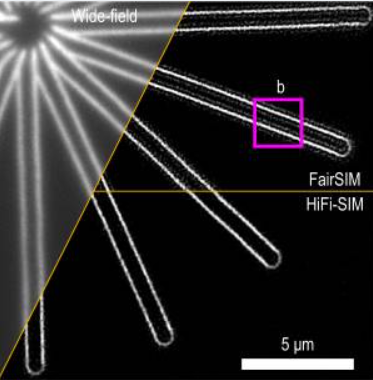As we all know, an optical microscope for direct observation is of great significance in biomedical research, such as cell biology, developmental biology, immunology, pathopharmacology, and so on. However, due to the limitation of the diffraction limit, the resolution of the traditional optical microscope can only reach half of the light wavelength theoretically. For a long time, the appearance of super-resolution fluorescence microscopy has effectively broken the limit of optical…
Uncategorised
A Novel Protein Based Biosensor for Rapid Detection of Coronavirus Proteins and Antibodies
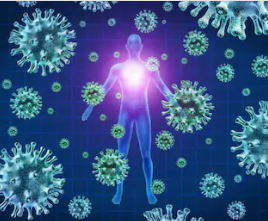
In a new study, researchers from the University of Washington have developed a new method to detect the proteins that make up the pandemic coronavirus SARS-CoV-2 and antibodies against it. They designed protein-based biosensors that emit light when mixed with the protein components of the virus or specific antibodies to COVID-19. This breakthrough may lead to faster and more extensive detection in the near future. The related research results were…
Scientists Develop EM-visible Labeling Technology to Achieve Precise Positioning of Cell Single Molecules

For a full 10 years since returning to China in 2010, He Wanzhong, a researcher at the Beijing Institute of Biological Sciences, finally found a light in the darkness and handed in a satisfactory answer to himself and his supporters. This light is that he led the team to originally developing a new type of visible electron microscopy(EM) labeling technology, which can directly synthesize gold nanoparticles in situ on…
PNAS: Reveal the Cause of Sars-Cov-2’s High Infectivity and Concealment!
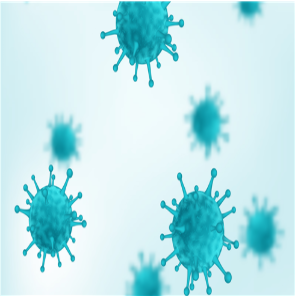
The SARS-CoV-2 virus that causes COVID-19 is highly contagious. Strangely, in many patients, it can cause a poor immune response, thereby prolonging the disease. This contributes to the widespread of the virus and exacerbates the global pandemic. In a new study published in the Proceedings of the National Academy of Sciences, researchers at the University of Minnesota have discovered a biochemical mechanism that may explain how the virus can effectively…
First Direct Sequence of SARS-CoV-2 RNA Achieved

The Lachlan Coin and Sebastian Duchene teams and collaborators in the Department of Microbiology and Immunology, University of Melbourne, Australia, provided the first direct RNA sequence of the SARS-CoV-2, detailed the mRNA structure of the subgenome length of this coronavirus, and described various aspects of coronavirus evolutionary genetics revealed from shared data. Relevant articles were released on March 7 on the preprint server bioRxiv. SARS-CoV-2 is a positive single-stranded…
Developing New Technologies to Imaging the Immune Cell Microenvironment
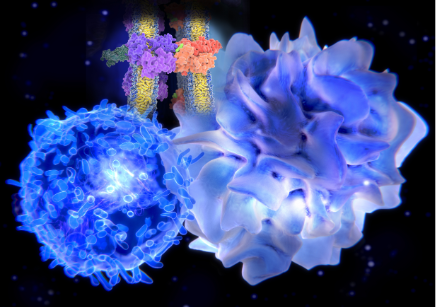
To develop drugs that target specific cell surface proteins, it is helpful to understand other proteins in its vicinity. The pathology of many diseases can be understood by elucidating local biomolecular networks or microenvironments. To this end, the enzymatic proximity labeling platform is widely used to map a wider range of spatial relationships in subcellular structures. However, there has long been a search for techniques that can map the microenvironment…
New Developed Methods to Map The Mouse Brain with Unprecedented Precision

The prior technology can make the tissue as clear and transparent as glass and expand it to several times its original size, which provides an unprecedented opportunity for the internal operation of the biopsy system. Recently, Japanese researchers mapped the cellular composition of the mouse brain with unprecedented precision. System biologist Ueda Taiji and his team at the RIKEN Biosystems Dynamics Research Center in Japan used a technique called…
Award-Winning Work of the 2018 UC Berkeley Image Competition at the Cell Journal Photo Exhibition

The Molecular Imaging Center (MIC) at the University of California, Berkeley is known for its use of confocal microscopes to produce some of the most compelling images, and has a reputation for being the winner of the MIC Image Contest every year. The winning entries for the 2018 MIC Image Competition will be written in the MIC’s dream calendar and will be presented as part of the Cell Picture Show…
Science Jokes: Something Funny
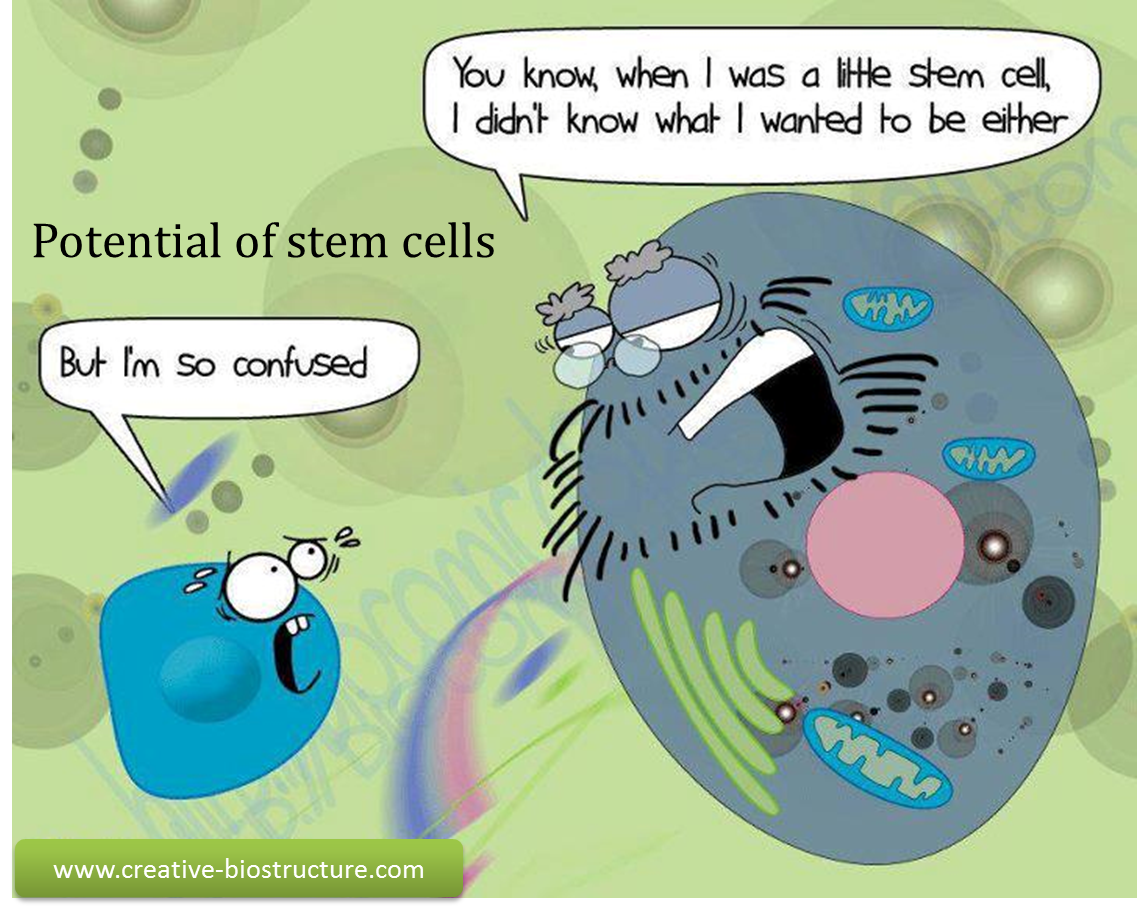
You enter the laboratory and see an experiment. How will you know which class is it?… If it’s green and wiggles, it’s biology… If it stinks, it’s chemistry… If it doesn’t work, it’s physics. We have to stop talking about mitosis… It’s such a divisive issue. What kind of chain is edible?….A food chain! Did you hear about the famous microbiologist who traveled in thirty different countries and learned to speak…
